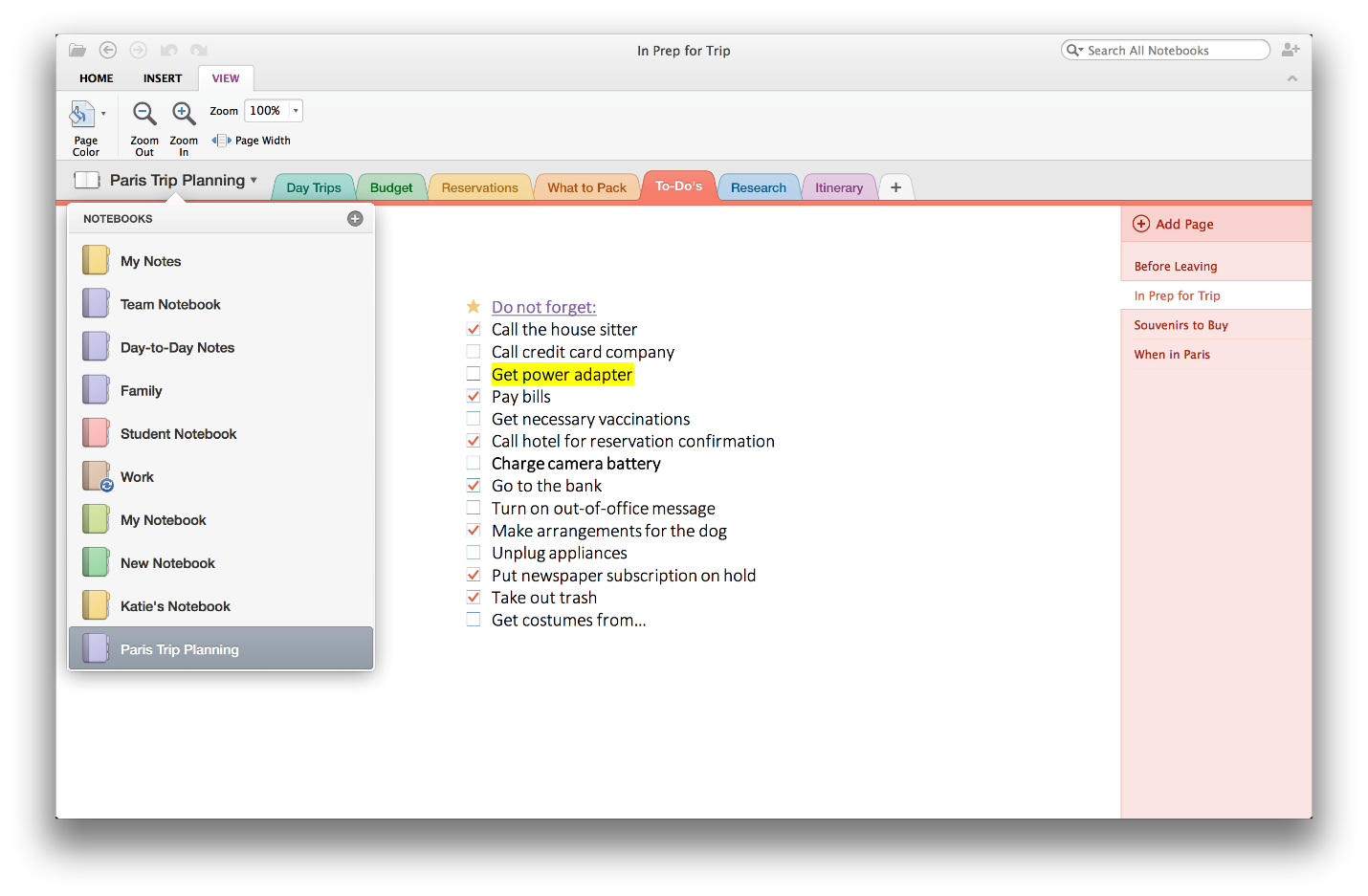


Recent "mindmapping" software, particularly MindManager from Mindjet, allows the user to adapt Da Vinci's technique to a computer where everything can be freely moved around and reorganized on the fly. Had he not written everything backward as a mental exercise, it would be easy for anyone to see the "big picture" in his notes. His notes illustrated not only the information, but the relationships between different pieces of information. From there he drew branches out to various main topics, which he then divided visually down into subtopics, drawing illustrations as needed, and drawing connections between ideas where connections needed to be made. His notes started in the middle of the page, not the top, where he wrote or illustrated the core theme of that particular page of notes. Leonardo da Vinci gave us a different note-taking paradigm. Some people come up with novel page-numbering schemes to help them find things more quickly, but these require making a master list of topics, which is pretty time-consuming. Search involves flipping through the pages to find where you put the note you're looking for. In a paper notebook you can scribble notes and drawings, and you can tear pages out of periodicals - and, perish the thought, books - and stick them between the pages. It's to create records of information you can refer to later to help you do research or develop thoughts. The purpose of taking notes is not just to take notes. Note-taking software is, pardon the pun, a notable example. Long ago I learned the thing that held people back from getting the most out of new technology was their tendency to view it through old paradigms. While there are more cutting-edge products out there, Evernote and Microsoft OneNote provide forward-looking, highly productive options for multiple devices and the cloud. EverNote: A Side-by-Side ComparisonĪs new device types become ubiquitous, it's time to rethink how we take notes.


 0 kommentar(er)
0 kommentar(er)
